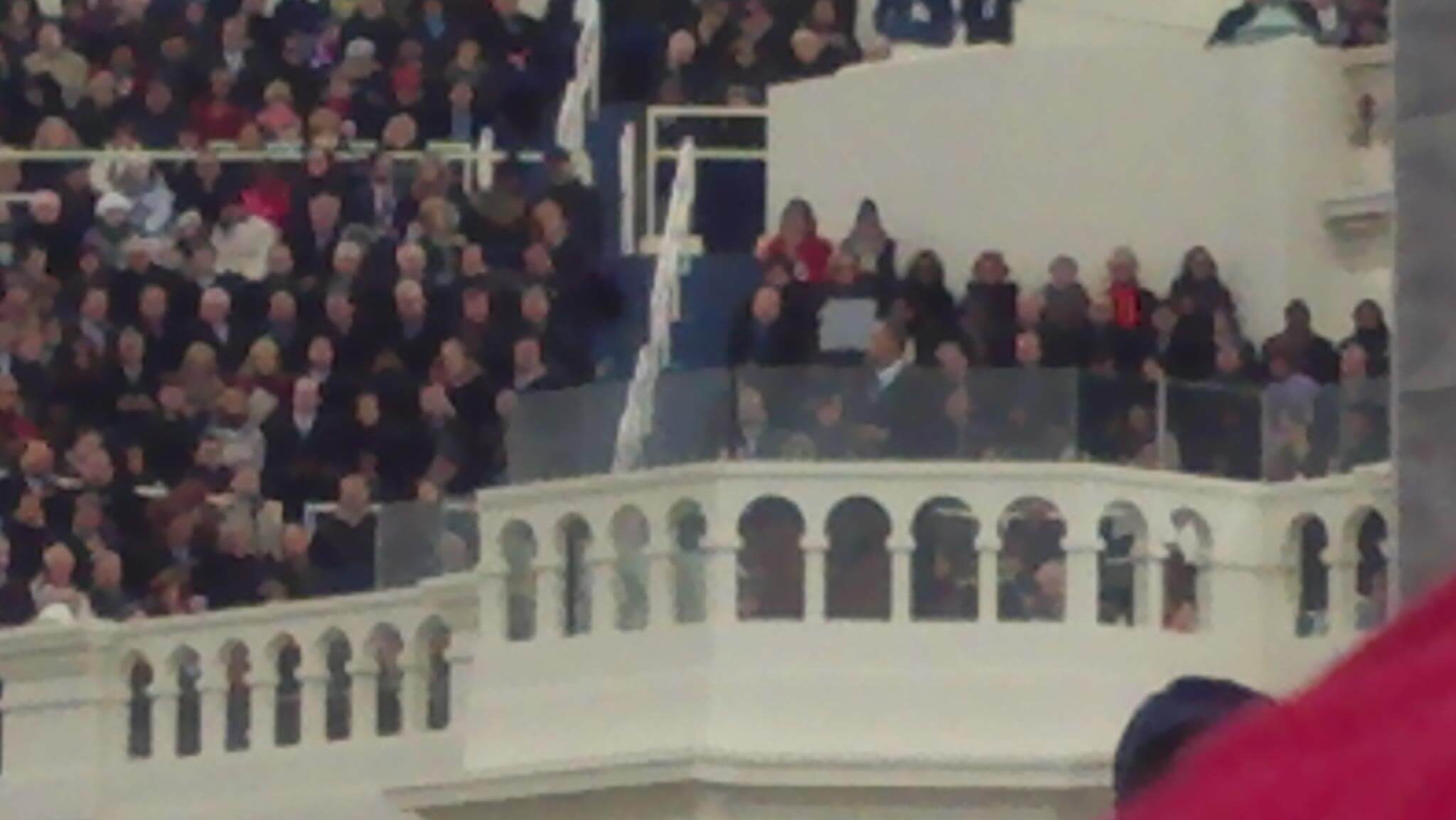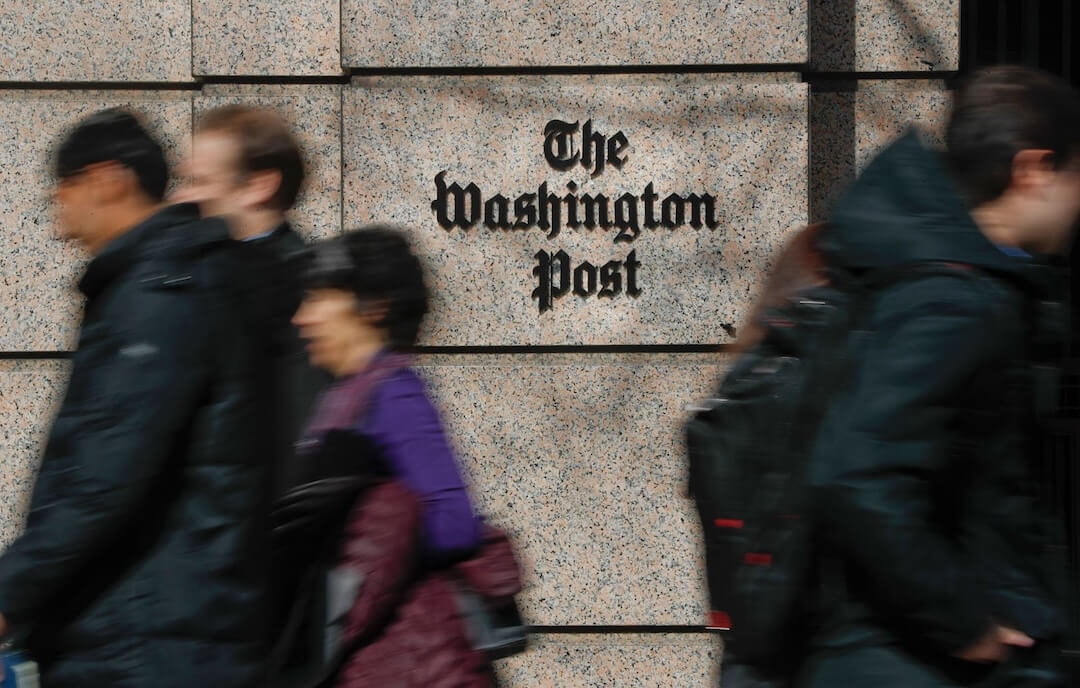The Hartford Courant | The Christian Science Monitor | The Washington Post | RTDNA
A law firm that represents Newtown, Conn., will on Wednesday release 911 calls from last year’s Sandy Hook Elementary School shooting.
Connecticut State’s Attorney Stephen Sedensky III said Monday he wouldn’t fight a decision by Superior Court Judge Eliot Prescott to release the documents.
Prescott “described Sedensky’s arguments as bordering on ‘frivolous’ and ‘at its heart … an assertion that the records are exempt because “I say so,” ’ ” Harry Bruinius reports.
But if the state’s attorney’s legal arguments were flimsy, many see them as motivated primarily by a desire to protect the victim’s families. Called the “the empathetic guardian of the victims’ memories” by local press, Sedensky pressed his legal case to shield families from reliving the horror of that day.
Indeed, Connecticut has gone to great lengths to protect the families of victims from the press. The body text of Sedensky’s recent report on the shooting mentioned shooter Adam Lanza’s name only once and declined to name the victims. Connecticut also passed a law shielding certain information in 911 calls from freedom of information requests.
Residents’ antipathy toward press coverage extended even to the Newtown High School football team, Erik Wemple reports. The Nighthawks went undefeated in their regular season, losing a quarterfinal game Tuesday night. Before the game, state officials tried to block media looking for a feel-good story should the team advance to the state championships.
The Connecticut Interscholastic Athletic Conference alerted media that Newtown High “is requesting that media access to the game, and any subsequent Newtown football tournament games, be limited to the family of media entities who have demonstrated their long-term commitment to Connecticut athletics. In addition, the school requests that questions directed to players and or coaches following the game be restricted to game-related topics.”
Wemple spoke with someone at the school who wouldn’t identify himself: “There is no story here, there’s nothing at all,” he said. “We’re playing football and people are trying to make stories out of stuff that’s not really there.”
Meanwhile the release of the 911 tapes looms. Poynter’s Al Tompkins wrote some guidelines for news organizations, particularly TV stations, considering airing such documents.
Among the questions they should ask themselves:
What is the journalistic purpose for airing the 911 call? Does using the call help better tell the story in a way that is not sensational?





